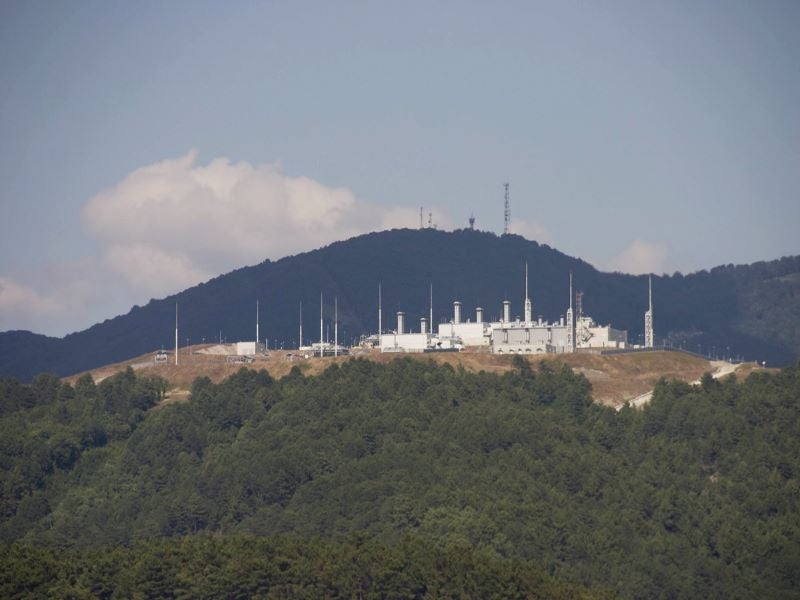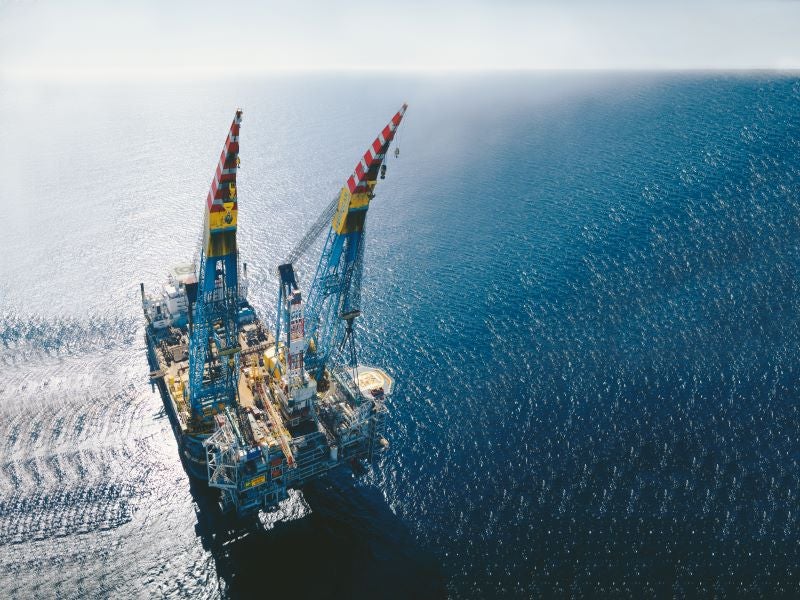Blue Stream is a 1,213km-long natural gas transportation pipeline between Russia and Turkey traversing the Black Sea. It is one of the deepest underwater pipelines in the world, built with a total investment of $3.2bn.
Blue Stream Pipeline Company is the owner and operator of the offshore section of the Blue Stream pipeline. It is a joint-venture between Russia’s Gazprom and Italy’s Eni, with a stake of 50% each.
Gazprom is the owner and operator of the onshore section of the pipeline in Russia, while the Turkish onshore part is owned and operated by Botas.
The Blue Stream gas pipeline was commissioned in December 2002 and the commercial gas supplies were commenced in February 2003. It has a transmission capacity of 16 billion cubic metres (bcm) of gas a year.
The pipeline transported 15.98bcm of Russian natural gas to Turkey in 2021, marking the highest annual supply since it began gas deliveries in 2003.
In March 2022, Eni revealed its intention to divest its 50% stake in Blue Stream Pipeline Company in the aftermath of Russia’s invasion of Ukraine.
Blue Stream underwater pipeline
The Blue Stream offshore pipeline system comprises two 24in-diameter subsea pipelines and the onshore Beregovaya gas compressor station.
The 396km-long offshore pipelines originate at the Beregovaya gas compression station, Russia and terminate at the Durusu inlet terminal, Turkey. The pipelines were laid in a water depth of up to 2,150m.
The Beregovaya compressor station, located near Gelendzhik in the Krasnodarsky Region, Russia, consists of six turbo-compressors and three turbo-generators, with a gas compression capacity of 180MW.
Blue Stream onshore pipeline
The Russian section of the onshore Blue Stream pipeline is laid between Izobilnoye and Dzhubga, covering a distance of around 373km. The pipeline has a diameter of 48in for the mountainous section and 56in for the mainland section.
The pipeline consists of two compressor stations in Stavropolskaya and Krasnodarskaya, valve units, gas measuring stations and cathodic protection stations.
The Turkish section of the onshore Blue Stream pipeline originates in Samsun and terminates in Ankara, covering a distance of 444km. The 48in diameter pipeline passes through Amasya, Corum and Kirikkale in Turkey.
The pipeline consists of a compressor station at Corum and a main metering station at Durusu.
Contracts awarded
Saipem was awarded the engineering, procurement, installation and commissioning (EPIC) contract for the offshore section of the Blue Stream pipeline in October 1999. The company installed two pipelines, each with a diameter of 24in and around 390km long, in the Black Sea for the project.
Saipem 7000, a semi-submersible vessel, laid the deep water sections of the pipeline following the J-lay method, while the Castoro Otto, a pipelay vessel, installed the shallow water sections of the pipeline in the water depths of up to 380m, using the S-lay method.
Fugro bagged a pipeline inspection contract from the Blue Stream Pipeline Company in October 2015. The contract scope included the delivery of survey support vessels and associated survey services for inspection of the offshore, shore approach, and dry section components of the pipeline.
Stroytransgaz was selected as a general contractor by Gazprom for the construction of the 370km-long Izobilnoye-Dzhubga onshore section of the Blue Stream pipeline in Russia. The company had also built three compressor stations with a total capacity of 310MW.
Stroytransgaz was also contracted by Botas to construct the 501km-long Samsun-Ankara onshore section of the Blue Stream pipeline in Turkey.
TurkStream pipeline
The TurkStream pipeline, which also transports Russian gas to Turkey, commenced operations in January 2020. The 930km-long natural gas pipeline, laid across the Black Sea, comprises two strings, with one string delivering gas to Turkey and the other serving south and south-eastern Europe.
Each string of the pipeline has a capacity of 15.75bcm.





